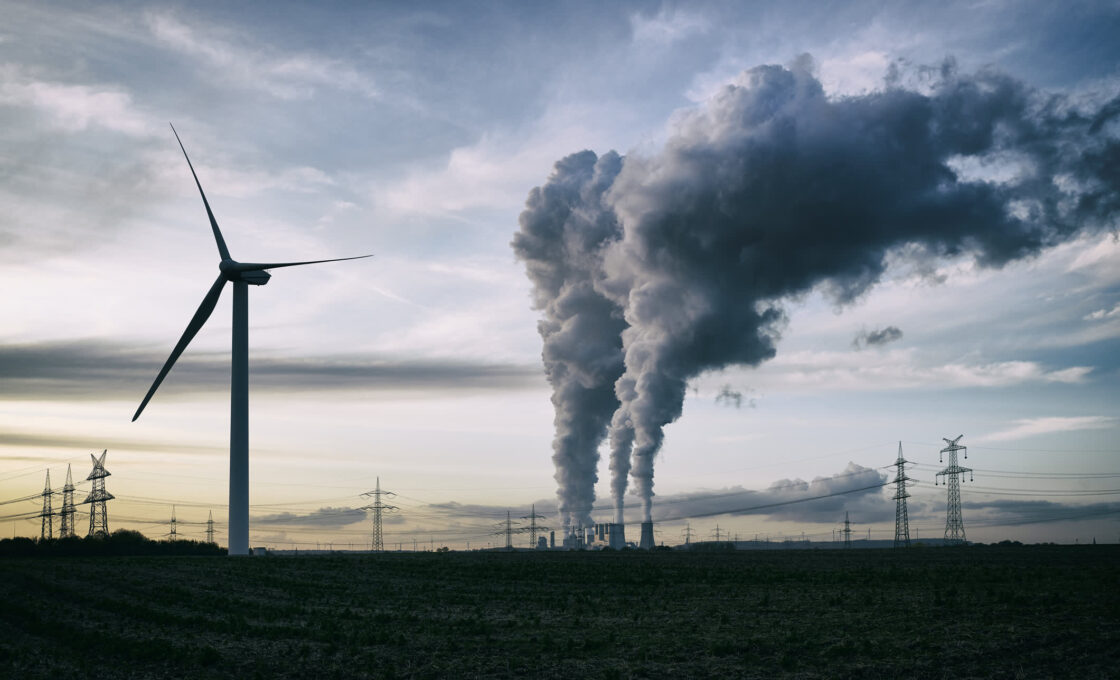The Investments in low-carbon projects will increase by $60 billion this year, Rystad report has said.
The investment is 10 per cent higher than in 2022, led by wind developments and helped by a significant rise in funding for hydrogen and carbon capture, utilisation and storage (CCUS) infrastructure.
Rystad Energy research shows that the growth in total low-carbon spending is a slowdown from recent years, which averaged 20 per cent annual increases.
According to the report,while spending on green sectors surged 21 per cent in 2022 to overtake oil and gas investments for the first time, inflation-spooked developers seem set to rein in spending growth this year, although, as inflationary pressure weakens, the energy intelligence firm expects spending to rebound.
Audun Martinsen, Rystad Energy’s head of supply chain research, said: “The weaker-than-expected growth is not a reason to panic for those in the low-carbon sector. Rampant inflation typically triggers fiscal restraint across industries, and spending will likely bounce back in the coming years. The outlook for hydrogen and CCUS is especially rosy as technology advances, and the large-scale feasibility of these solutions improves.”
The company highlighted that investments in the geothermal, CCUS, hydrogen, hydropower, offshore and onshore wind, nuclear and solar industries are set to hit $620 billion in 2023, up from about $560 billion last year. Service segments included in Rystad’s calculations entail project equipment and materials, engineering and construction, wells, operations and maintenance, and logistics and vessels.
Besides, solar and onshore wind are expected to contribute the most by a sizable margin with spending on solar investments totalling $250 billion this year, rising only 6 per cent over 2022.
However, thanks to the falling cost of polysilicon – the primary cost driver of solar PV cells – capacity growth will be more substantial than dollar investments suggest, underlined the energy intelligence group. The installed capacity is expected to swell by roughly 25 per cent to 1,250 gigawatts (GW), despite a relatively insignificant rise in investment value.
Even though spending growth will vary widely across industries, hydrogen and CCUS are expected to see the most significant annual increase, growing 149 per cent and 136 per cent, respectively. As a result, the total hydrogen spending will approach $7.8 billion in 2023, while CCUS investments will total about $7.4 billion.
The hydropower market is expected to shrink over 2022, while nuclear investments are forecast to stay relatively flat, based on Rystad’s research. The firm underscored that onshore wind investments are projected to increase by 12 per cent to about $230 billion, while offshore wind spending is expected to jump 20 per cent to $48 billion. In addition, the expenditure on geothermal is expected to jump significantly – about 45 per cent – albeit from a relatively low starting position, elaborated the energy market intelligence group.
As low-carbon investments are more short-cycled than the fossil fuel industries, they are more sensitive to inflationary pressures and project plans, permitting activity and awards from companies and governments indicate this year’s expected investment growth.
Meanwhile, logistics and vessel companies – heavily weighted towards offshore projects and marine trade – are estimated to take in 15 per cent more this year while spending in the equipment, materials, engineering, and construction sectors, where the bulk of global investment dollars are spent, are expected to rise by about 9 per cent annually.
According to Rystad, “the new and relatively tiny” market of suppliers exposed to low-carbon, well-related services is forecast to climb 33 per cent this year, driven by geothermal drilling and CO2 injection. Regardless of the significant increase, investments in this market are estimated to only total about $3.7 billion.
The firm also pointed out that Asian growth of 12 per cent is heavily impacted by China’s ambitions within solar and wind. Additionally, the U.S. Inflation Reduction Act and a step-up in renewables and CCUS will help push North American investments up 9 per cent this year.
In contrast, Europe is challenged by high inflation and a regional supply chain in crisis, resulting in a projected investment growth of 7 per cent, which is much lower than the tempo needed to meet the European Union’s REPowerEU ambitions, concluded Rystad.
